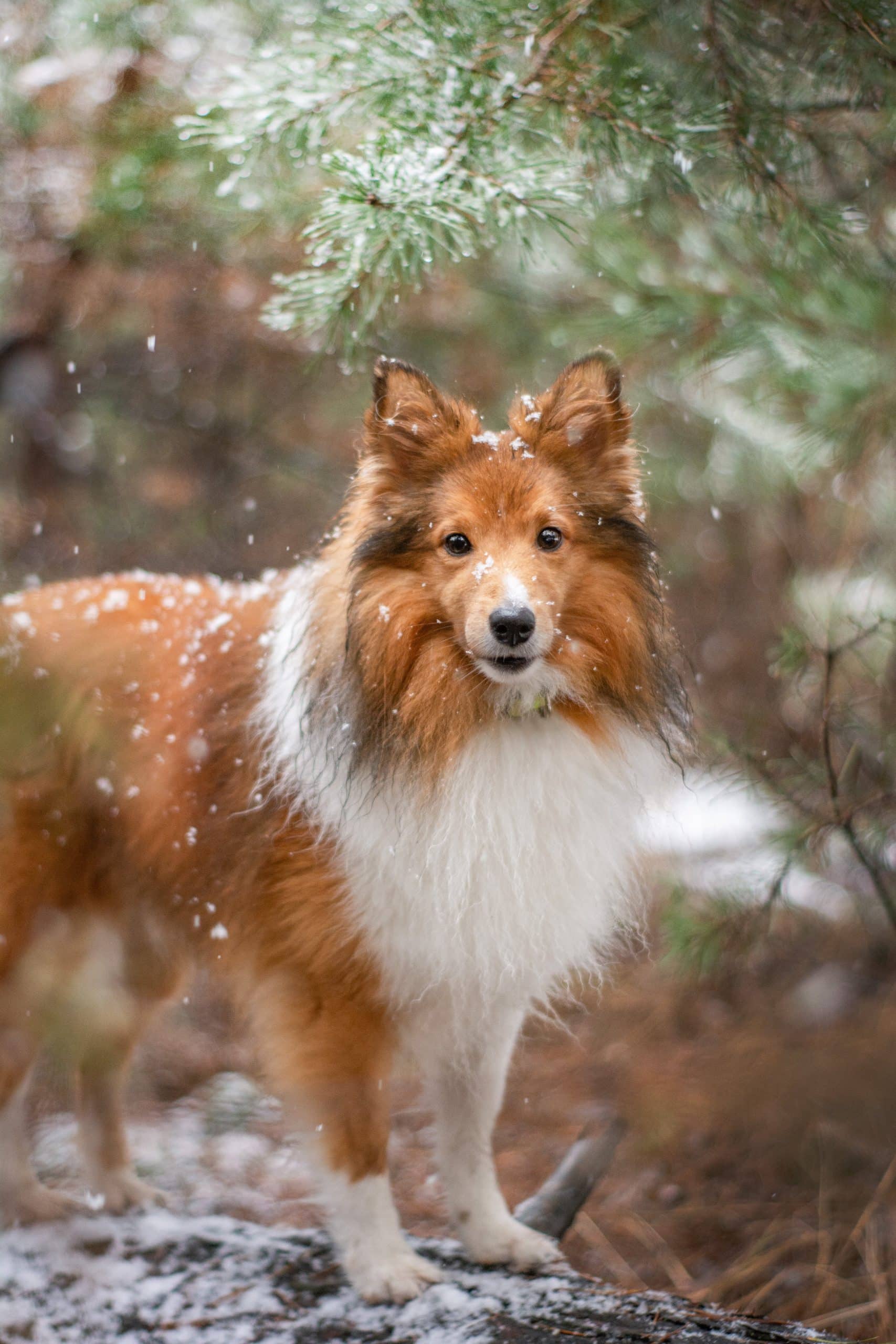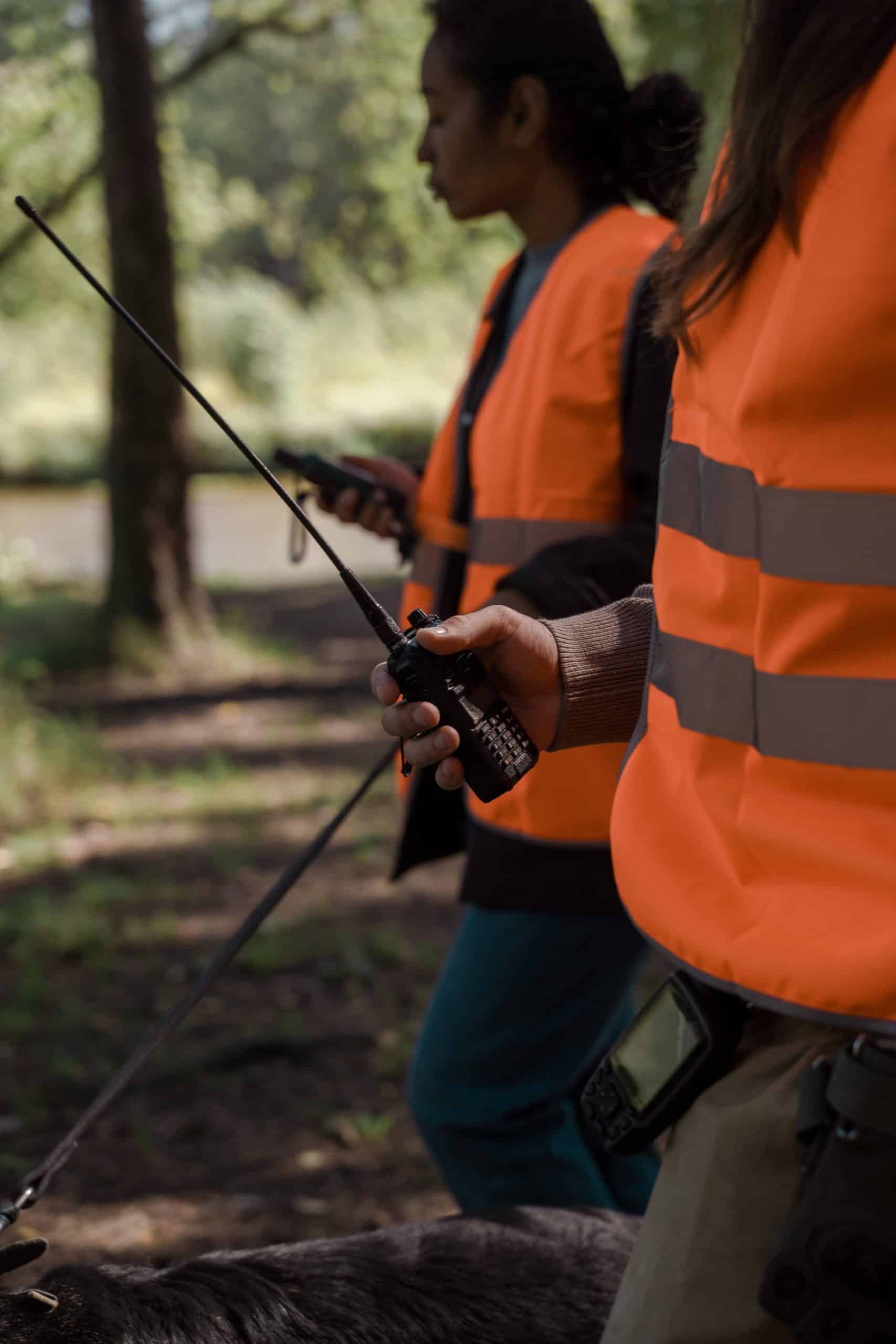Are you eagerly anticipating the arrival of a new litter of Standard Poodle puppies? Excitement fills the air as you wonder how many adorable bundles of joy will soon be gracing your home. In this article, we will explore the fascinating world of Standard Poodle litters and delve into the question that has your heart racing: how many puppies should you expect? Get ready to embark on a journey of anticipation and discovery as we unravel the mystery of Standard Poodle litters and uncover the secrets behind their adorable offspring.

This image is property of images.pexels.com.
Factors Affecting Standard Poodle Litter Size
Genetics
Genetics plays a significant role in determining the size of a standard poodle's litter. Breeding two poodles with larger litter sizes increases the likelihood of having a larger litter. However, it's important to note that genetics is not the sole determining factor, as other factors can influence litter size as well.
Breed History
The breed history of standard poodles can also affect their litter size. Over the years, breeders have selectively bred poodles for various traits, including litter size. Through careful breeding practices, some bloodlines have been established with consistently larger or smaller litters. Breeders who are knowledgeable about their poodle's lineage can have a better idea of what to expect in terms of litter size.
Age of the Dam
The age of the female poodle, also known as the dam, can impact the size of the litter. In general, younger dams tend to have smaller litters, while older dams may have larger litters. This is because the reproductive system of a younger dam is still developing and may not be as efficient in producing a large number of healthy puppies. On the other hand, older dams may have a decreased fertility rate, which can also influence litter size.
Nutrition
Proper nutrition is crucial for the overall health of the dam and can impact the size of the litter. A balanced diet that includes essential nutrients can support the dam's reproductive system and optimize her fertility. It is recommended to consult a veterinarian or a professional breeder to ensure that the dam receives a suitable diet during pregnancy.
Health of the Dam
The health of the dam plays a critical role in the size of the litter. If the dam has underlying health issues, such as reproductive disorders or hormonal imbalances, it can affect her fertility and the number of viable eggs produced. Regular veterinary check-ups and maintaining the dam's overall well-being can contribute to the chances of having a healthy litter.
Size of the Dam
The physical size of the dam can influence the litter size. Larger dams typically have more room in their reproductive tract, allowing for a larger number of puppies. However, the size of the dam alone is not a guarantee of a large litter, as other factors must also be considered. It is important to note that breeding larger dams solely for the purpose of increasing litter size may have negative implications on the dam's health and the puppies' well-being.
Average Litter Size of Standard Poodles
Historical Data
Looking at historical data can provide insight into the average litter size of standard poodles. Over the years, breeders and kennel clubs have recorded information about litter sizes to better understand the breed and its characteristics. Analyzing this data can give a rough estimation of what to expect in terms of litter size.
Current Trends
Current trends in standard poodle breeding can also shed light on the average litter size. Breeders who focus on producing larger litters may have specific breeding practices to achieve this goal, such as selecting genetically predisposed dams and utilizing advanced reproductive techniques. On the other hand, breeders looking for smaller litters may prioritize different traits in their breeding program.
AKC Standards
The American Kennel Club (AKC) provides breed standards for standard poodles, but it does not specify an average litter size. The AKC primarily focuses on physical characteristics and temperament, rather than reproductive traits. However, the AKC's standards can serve as a guideline for breeders to ensure the overall quality of the breed.
Breed Statistics
Various kennel clubs and breed organizations may track and publish breed statistics, including average litter size. These statistics can provide valuable information about the typical litter sizes within the standard poodle breed. By keeping track of these statistics, breeders can make informed decisions regarding their breeding programs.
Possible Litter Size Ranges
Smallest Litter
The smallest litter size in standard poodles can range from one to three puppies. Although rare, it is not unheard of for a poodle to have a single puppy in a litter. There can be various reasons for a small litter size, including factors such as genetics, age, and health of the dam.
Typical Litter
A typical litter size for standard poodles usually ranges from four to eight puppies. This is considered a healthy and average litter size within the breed. While individual variations do occur, breeders can generally expect a litter of this size if all factors are favorable.
Larger Litters
Occasionally, standard poodles can have larger litters, ranging from eight to twelve puppies or even more. These larger litters are often seen in dams with a genetic predisposition for larger litter sizes, as well as in older dams who have matured and established a more efficient reproductive system.
Signs of a Large Litter
Physical Appearance of the Dam
When a standard poodle is carrying a large litter, her physical appearance may change noticeably. The dam's abdomen may appear distended or swollen, reflecting the presence of multiple puppies. Additionally, her mammary glands may become enlarged as they prepare to produce milk for the upcoming litter.
Abdominal Changes
As the pregnancy progresses, the dam's abdomen will continue to grow to accommodate the growing puppies. Palpating the abdomen gently can give an indication of the number of puppies present, but it should only be done by a trained professional to prevent any harm to the dam or her unborn pups.
Weight Gain
A dam carrying a large litter may experience significant weight gain during pregnancy. The presence of multiple puppies requires additional resources, leading to an increased demand for nutrients and energy. Breeders should monitor the dam's weight gain to ensure that it is within healthy limits.
Behavioral Changes
Carrying a large litter can also affect the dam's behavior. She may become more tired and may prefer more rest than usual. Some dams may display nesting behaviors in preparation for the upcoming birth. It is important to provide the dam with a quiet and comfortable environment during this time.

This image is property of images.pexels.com.
Signs of a Small Litter
Physical Appearance of the Dam
When a standard poodle is carrying a small litter, her physical appearance may not change as noticeably as with a larger litter. The abdomen may remain relatively small, and the mammary glands may not become as enlarged. The dam's overall body condition should also be monitored to ensure she is maintaining a healthy weight.
Abdominal Changes
Due to the presence of fewer puppies, the dam's abdomen may not expand as much during the pregnancy. Palpating the abdomen may provide less information about the litter size, as there may be fewer noticeable changes in the dam's belly.
Weight Gain
Weight gain may also be less significant in dams with smaller litters. With fewer puppies requiring resources, the dam's body may not need to store as much energy, leading to less overall weight gain. However, it is important to monitor the dam's weight and ensure that she is receiving adequate nutrition.
Behavioral Changes
Dams with smaller litters may exhibit fewer behavioral changes compared to those carrying larger litters. While some nesting behavior or restlessness may still be observed, these may not be as pronounced or frequent. However, it is essential to provide the dam with proper care and attention throughout her pregnancy.
Monitoring Litter Size during Pregnancy
Veterinarian Check-ups
Regular check-ups with a veterinarian are crucial during pregnancy to monitor the dam's health and the developing puppies. A veterinarian can perform thorough examinations, including palpating the abdomen and listening for heartbeat sounds, to estimate litter size. These check-ups also provide an opportunity to address any potential health concerns and ensure the well-being of both the dam and her puppies.
Ultrasound Examinations
Ultrasound examinations can provide more accurate information about litter size during pregnancy. By using sound waves to create a visual image, veterinarians can count the number of viable puppies present in the dam's uterus. This non-invasive procedure allows breeders to have a clearer understanding of the litter size and can help in making appropriate preparations.
Palpation
Palpating the dam's abdomen is a commonly used method to estimate litter size, but it should only be performed by a trained professional. By gently feeling the abdomen, a veterinarian or experienced breeder can detect the presence of puppies and estimate the litter size. It is essential to be cautious when performing palpations to prevent any harm to the dam or her unborn puppies.

This image is property of images.pexels.com.
Understanding Litter Size Discrepancies
Resorption
Resorption refers to the natural process of the dam's body reabsorbing one or more embryos during pregnancy. This can occur if a non-viable embryo is detected or due to other environmental factors. While resorption is a natural occurrence, it can lead to a smaller litter size than initially expected.
Fetal Loss
Fetal loss, also known as pregnancy loss, can happen at any stage during the dam's pregnancy. Various factors, such as genetic abnormalities, maternal health issues, or environmental factors, can contribute to fetal loss. It is important to closely monitor the dam's pregnancy to detect any signs of complications early on.
False Pregnancy
In some cases, a dam may display signs of pregnancy, such as abdominal swelling and behavioral changes, without actually being pregnant. This is known as a false pregnancy or pseudocyesis. While a false pregnancy does not result in any puppies, it can still cause physical and emotional changes in the dam. If a false pregnancy is suspected, consulting with a veterinarian is recommended.
Whelping a Standard Poodle Litter
Preparing the Whelping Area
Creating a safe and comfortable whelping area is crucial for the dam and her puppies. The area should be clean, warm, and draft-free. Providing a whelping box with suitable bedding can offer a secure and cozy space for the dam to give birth and nurse her puppies. It is essential to have all necessary supplies readily available, including clean towels, puppy scales, and a heating pad.
Assisting with the Birth
Most standard poodles are capable of giving birth without assistance. However, it is important for breeders or caregivers to be present during the entire whelping process to provide support if needed. This includes monitoring the dam's progress, offering assistance if a puppy is stuck during delivery, and ensuring each puppy successfully attaches to the dam's nipple for nursing. If any complications arise, contacting a veterinarian is necessary.
Breeding Assistance
For first-time breeders or in cases of inexperienced dams, it may be beneficial to have an experienced breeder or veterinarian provide assistance during the breeding process. This can help ensure a successful mating, increase the chances of a healthy pregnancy, and provide necessary guidance for the breeder.
Caring for Standard Poodle Puppies
Feeding
Proper nutrition is essential for the healthy growth and development of standard poodle puppies. Puppies should be fed a balanced diet specially formulated for their nutritional needs. Consultation with a veterinarian or professional breeder can help determine the appropriate feeding schedule and types of food to provide for the puppies.
Vaccinations
Vaccinations are a crucial aspect of a puppy's healthcare. Standard poodle puppies should receive a series of vaccinations to protect against common canine diseases. It is important to follow the recommended vaccination schedule and consult with a veterinarian to ensure that the puppies are properly protected.
Socialization
Socialization plays a vital role in a standard poodle puppy's development. Exposing the puppies to various experiences, environments, and people from an early age can help them become well-rounded and confident adults. Interaction should be positive and supervised to ensure the safety of the puppies.
Healthcare
Regular veterinary check-ups are important to monitor the puppies' health and address any potential health concerns. The veterinarian can provide vaccinations, perform health screenings, and offer guidance on proper care and nutrition. It is crucial to prioritize the healthcare needs of the puppies to give them the best start in life.
Conclusion
Understanding the factors that affect standard poodle litter size is important for breeders, caregivers, and those considering adding a poodle to their family. Genetics, breed history, age of the dam, nutrition, health, and size of the dam all play a role in determining the number of puppies in a litter. By closely monitoring the dam's pregnancy, being aware of signs of large or small litters, and providing appropriate care, breeders and caregivers can ensure the well-being of both the dam and her puppies. Proper preparation for whelping and providing ongoing care for the puppies is crucial to raise healthy, well-socialized standard poodle puppies that will become beloved members of their families.


